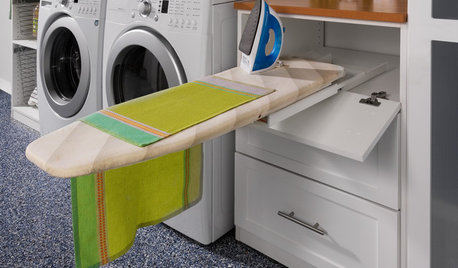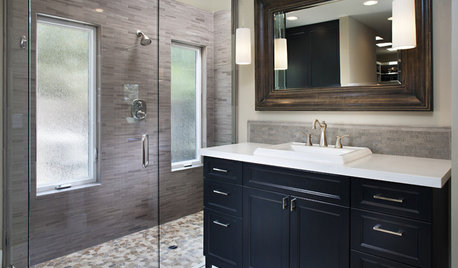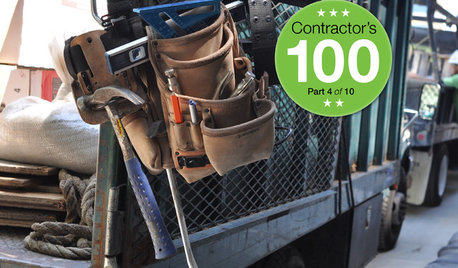Sub-Panel breakers trip on load
kgbnsf
13 years ago
Related Stories

LAUNDRY ROOMS8 Ways to Make the Most of Your Laundry Room
These super-practical laundry room additions can help lighten your load
Full Story
MY HOUZZMy Houzz: Barn Wood Touches for a New England Home
Rustic charm and personality define this family’s traditional Cape Cod home
Full Story
MY HOUZZMy Houzz: Men of Steel With a Passion for Repurposing
These Portland homeowners use metal, found objects and DIY know-how to create a home with an artist’s aesthetic
Full Story
HOUZZ TOURSHouzz Tour: A Modern Mountain Home Takes Off With Its Own Airstrip
In Colorado, a glass and concrete home hugs a former hayfield that’s now a launching pad for antique planes
Full Story
LIFEHow to Prepare for and Live With a Power Outage
When electricity loss puts food, water and heat in jeopardy, don't be in the dark about how to stay as safe and comfortable as possible
Full Story
CONTRACTOR TIPSBuilding Permits: 10 Critical Code Requirements for Every Project
In Part 3 of our series examining the building permit process, we highlight 10 code requirements you should never ignore
Full Story
MOST POPULAR10 Things to Ask Your Contractor Before You Start Your Project
Ask these questions before signing with a contractor for better communication and fewer surprises along the way
Full Story
BATHROOM DESIGNDreaming of a Spa Tub at Home? Read This Pro Advice First
Before you float away on visions of jets and bubbles and the steamiest water around, consider these very real spa tub issues
Full Story
BATHROOM DESIGNThe Case for a Curbless Shower
A Streamlined, Open Look is a First Thing to Explore When Renovating a Bath
Full Story
REMODELING GUIDESContractor Tips: What Your Contractor Really Means
Translate your contractor's lingo to get the communication on your home project right
Full StoryMore Discussions









groundrod
brickeyee
Related Professionals
Berkeley General Contractors · Big Lake General Contractors · Bryan General Contractors · East Riverdale General Contractors · Geneva General Contractors · Jefferson Valley-Yorktown General Contractors · Leon Valley General Contractors · Panama City General Contractors · Springfield General Contractors · West Lafayette General Contractors · West Melbourne General Contractors · Chino Hills Solar Energy Systems · Lakeway Home Automation & Home Media · Potomac Home Automation & Home Media · The Villages Home Automation & Home Mediajoed
kgbnsfOriginal Author
brickeyee
kgbnsfOriginal Author
groundrod
kgbnsfOriginal Author